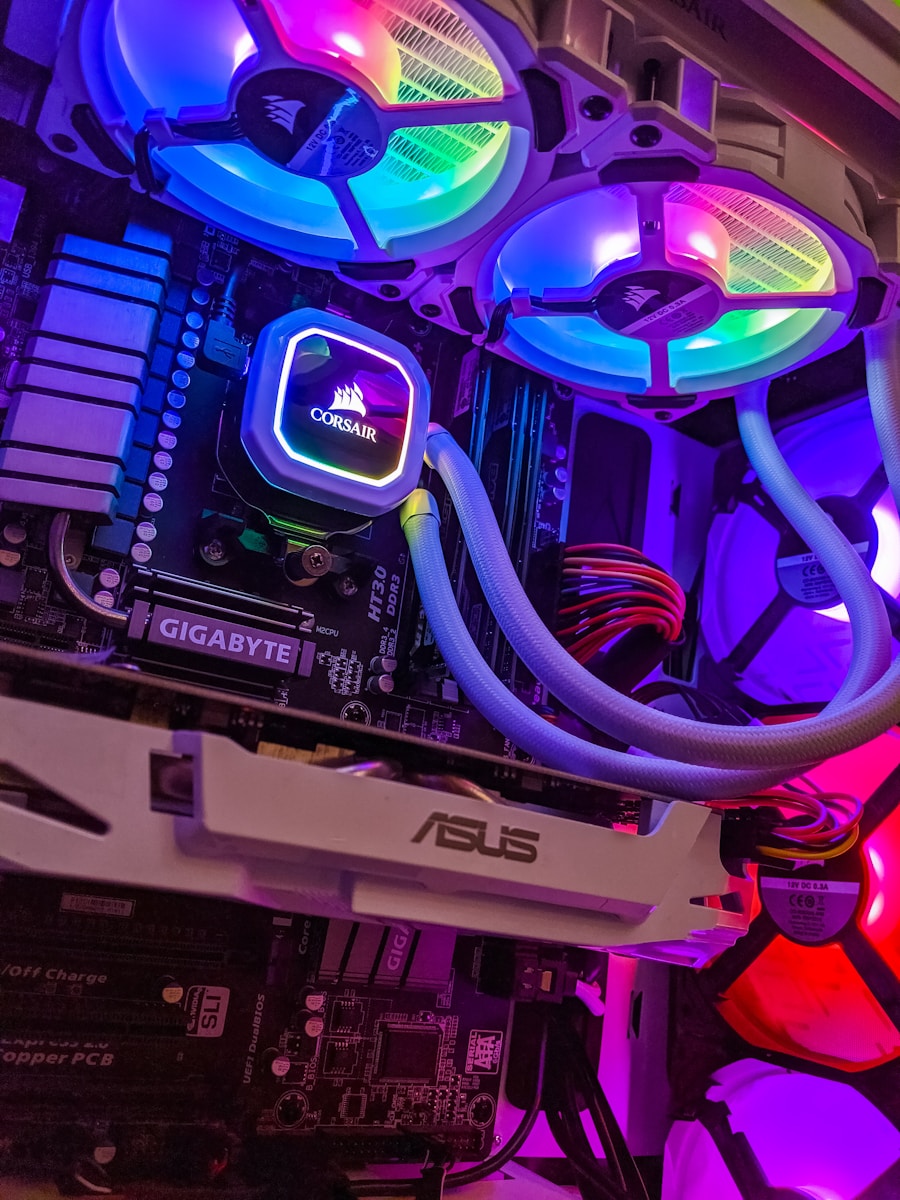Instead of overwhelming you with choices, I decided to focus on 2 of the best budget large diaphragm condenser microphones.
To be more specific, we’ll be talking about the Lewitt LCT 440 PURE and the Rode NT1.
Both of these large-diaphragm condenser microphones cost less than 300$ and are actually some of the best microphones I’ve ever heard.
If you know me, you know that I never compromise quality for budget.
Alright, here’s what’s on the agenda for today…
- Lewitt LCT 440 PURE Large-Diaphragm Condenser Microphone
- RODE NT1 Large-Diaphragm Condenser Microphone
- Lewitt LCT 440 PURE vs RODE NT1
- The problem with most budget large-diaphragm condenser microphones
- Summary: 2 of the Best Budget Large Diaphragm Condenser Microphones
Lewitt LCT 440 PURE Large-Diaphragm Condenser Microphone
Let’s start with my personal favourite, the Lewitt LCT440 PURE.
Here’s what you can expect from this condenser microphone:
- Cardioid Polar Pattern
- 1” Transducer
- 140 dB SPL
- 133 dB Dynamic Range
- 7 dB of Self-Noise
- 2-Year Warranty
Here’s what’s included in the box:
- Shock-Mount (with ⅜” to ⅝” adapter)
- Pop-Filter
- Windshield
- Carrying Pouch
It’s been gaining some popularity recently and with good reason! Some of its owners have gone as far as comparing this budget condenser microphone to the esteemed Sennheiser MKH 416.
Of course, I wouldn’t personally compare a condenser microphone to a shotgun microphone.
Technically speaking, the Sennheiser MKH 416 is also a condenser microphone, but it’s MUCH more directional than the Lewitt LCT 440 PURE.
The similarity between these two microphones is in their frequency response.
However, what impressed me the most was that the Lewitt LCT 440 PURE produces LESS self-noise than the Sennheiser MKH 416 (7dB vs 13dB).
That’s amazing considering the HUGE price difference.
Don’t get me wrong though, the Sennheiser MKH 416 is LEGENDARY which is why the Lewitt LCT 440 PURE is adored by so many.
The frequency response is perfect for voice-over work and pretty much anything else!
There’s just a little boost in the high-end, but everything else is FLAT.
It’s also one of the few budget large-diaphragm condenser microphones that doesn’t roll-off any of the high-frequencies. It’s very transparent and has LOTS of clarity.
The Lewitt LCT 440 PURE is also incredibly durable. It’ll last you MANY years!
I still prefer my Sennheiser MKH 416 for outdoor recording though.
RODE NT1 Large-Diaphragm Condenser Microphone
In my opinion, the second-best budget large diaphragm condenser microphone is the RODE NT1 (not to be confused with the RODE NT1-A).
Here’s what this LDC microphone’s got under the hood:
- Cardioid Polar Pattern
- 1” Transducer
- 132 dB SPL
- 128 dB Dynamic Range
- 4.5 dB of Self-Noise
- 10-Year Warranty
Here’s what you’ll get in the box once it arrives:
- Dust Cover
- Shock-Mount (with Pop-Filter)
Now, it’s important to make the distinction between the RODE NT1 and the RODE NT1-A. Although these two microphones share many similarities, there’s ONE major difference that made me go with the NT1.
Once it again, it all comes down to frequency response.
The RODE NT1 sounds much more neutral and balanced because it doesn’t boost the higher frequencies. The RODE NT1-A actually sounds quite harsh in the top-end.
However, both of these microphones share the same high-frequency roll-off.
That could come in handy if you’re recording instruments like the electric guitar, but I personally prefer the Lewitt LCT 440 PURE because it remains flat even in the top-end.
That’s why I say that the RODE NT1 is less versatile, but more specialized.
Another thing that the RODE NT1/NT1-A share is their LEGENDARY self-noise.
Coming in at 4.5 dB of self-noise, that’s an all-time low.
The RODE NT1-A’s is slightly higher coming in at 5 dB of self-noise.
Lastly, the industry-leading 10-year warranty offered by RODE is also something to consider. However, all of the microphones we’ve talked about so far (especially the Sennheiser MKH 416) are incredibly durable and should last you MANY years.
So, if you want natural… Go with the RODE NT1.
If you want more harshness… Go with the RODE NT1-A.
Lewitt LCT 440 PURE vs RODE NT1
To summarize the differences between the Lewitt LCT 440 PURE and the RODE NT1, I’ve gone ahead and created this table…
| Lewitt LCT 440 PURE | RODE NT1 | |
| Polar Pattern | Cardioid | Cardioid |
| Transducer Size | 1″ | 1″ |
| Maximum SPL | 140 dB | 132 dB |
| Dynamic Range | 133 dB | 128 dB |
| Self-Noise | 7 dB | 4.5 dB |
| Warranty | 2-Year | 10-Year |
| Included Accessories | Shock-Mount, Pop-Filter, Windshield, Case | Dust Cover, Shock-Mount w/ Pop-Filter |
I also recommend checking out this session I created on Audio Test Kitchen.
You’ll actually be able to HEAR and compare these microphones side-by-side.
If you want my personal opinion though, I’d go with the Lewitt LCT 440 PURE. It’s much more versatile and the fact that it sounds anything like the Sennheiser MKH 416 at this price is GOLD.
I also prefer the included accessories much more than the RODE NT1’s.
The problem with most budget large-diaphragm condenser microphones
Alright, I just wanted to talk about some of the problems with “budget” large-diaphragm condenser microphones.
Of course, this is assuming that you won’t be following my recommendations.
Even if you will, I still recommend reading this section.
Actually, the RODE NT1 is a perfect example of what more affordable condenser microphones can produce in regards to frequency response.
Maybe that high-frequency roll-off was intentional, but…
Most of the other budget LDC microphones I’ve heard share this feature.
I think most will agree with me that the strength of a condenser microphone lies in its ability to capture high-frequencies with crystal-clear response.
If you wanted bottom-end, you’d go with ribbon microphones.
That being said, the reason you’d pay more for a condenser microphone is for the TOP-END and the fact that these more “budget” microphones compromise on that isn’t acceptable to me.
The RODE NT1 passes the test, but you will lose some “air” after 18 kHz.
In retrospect, the Lewitt LCT 440 PURE is flat up to 20 kHz.
If you’re going to be looking at other budget large-condenser microphones, make sure to keep this in mind. Another important drawback is the noise-floor.
Of course, you’ve noticed that NEITHER of these microphones share that problem.
In fact, it’s one of the reasons I chose these two microphones.
It’s rare to find microphones (not just condensers) that have such LOW self-noise.
So, I hope that better explains the reasoning behind why I nominated the Lewitt LCT 440 PURE and the RODE NT1 as the best budget large-diaphragm condenser microphones.
Summary: 2 of the Best Budget Large Diaphragm Condenser Microphones
The Lewitt LCT 440 PURE and the RODE NT1…
You DEFINITELY want to have one of these in your microphone locker!
I’ve already expressed my opinion though, so now I’d like to hear your thoughts. Which of these two microphones do you nominate as the best budget large-diaphragm condenser microphone?
Is there another microphone that you would’ve added to this list?
I’m listening… Share your thoughts and feel free to ask me any questions in the comment section down below.
I appreciate your time today, thanks for reading. Until next time!
Sources:
https://www.lewitt-audio.com/microphones/lct-recording/lct-440-pure
http://www.rode.com/microphones/nt1






